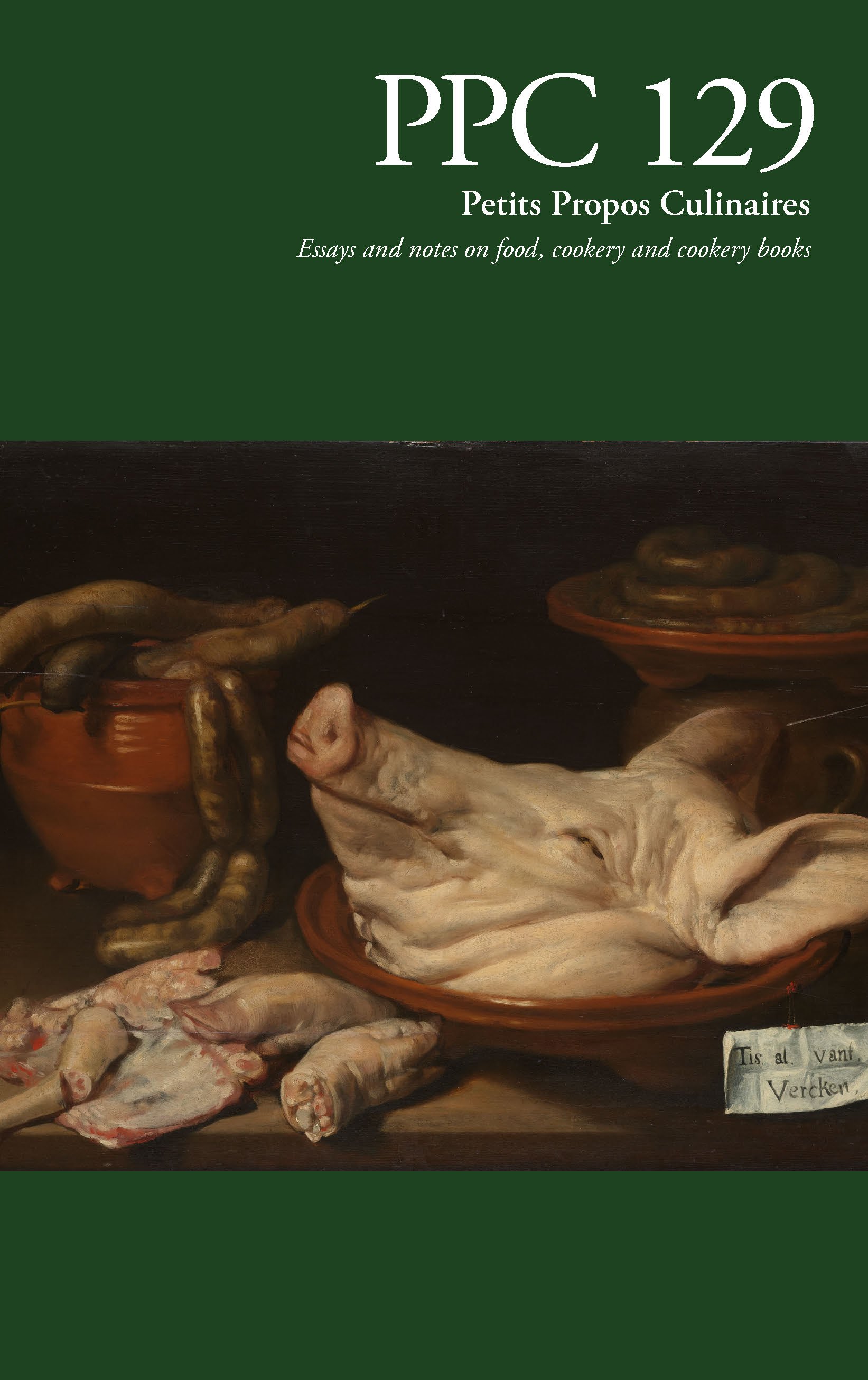Exploring the Role of Food in Gothic Literature
DOI:
https://doi.org/10.1558/ppc.29488Keywords:
Gothic literature, Food consumption, Cultural memory, Industrialisation, Monstrosity, ColonisationAbstract
This article investigates the significance of food consumption within the context of Gothic literature, shedding light on how seemingly mundane food and drink items are reinterpreted from a cultural memory perspective within this genre. From Mary Shelley’s Frankenstein to Daphne du Maurier’s Rebecca, food in Gothic literature reveals that true danger often lurks within the home. Cultural memory functions as a spectral conduit, conveying messages from the past to serve present purposes. Beginning with Mary Shelley’s Frankenstein (1818), the way in which food humanises Dr Frankenstein’s unnatural creation, prompts readers to question the true nature of monstrosity. The creature’s diet of nuts and berries, eschewing meat, challenges conventional notions of sustenance and appetite, offering early insights into the impact of industrialisation on food production during the nineteenth century. In Charlotte Brönte’s Jane Eyre (1847), food symbolises strength, weakness and oppression, as evidenced by scenes involving burnt porridge and acts of quiet rebellion through cake. In Bram Stoker’s Dracula (1897), meals initially serve as a source of comfort and familiarity for Jonathan Harker before they simply turn into fuel to combat the Count. Daphne du Maurier’s Rebecca (1938) uses food to underscore social hierarchies and power dynamics. This article presents a theoretical framework for food studies within the context of Gothic literature, exploring the cultural memory aspects associated with consumption in classic Gothic fiction.
References
Adams, Carol J. 1990. ‘Frankenstein’s Vegetarian Monster’, in The Sexual Politics of Meat: A Feminist-Vegetarian Critical Theory. New York: Continuum. 108-119.
Barthes, Roland. 2008. ‘Toward a psychosociology of contemporary food consumption’, in Counihan, C. & Van Esterik, P. (eds.). Food and Culture: A Reader (2nd edition, p. 29). New York: Routledge.
Bell, James (ed.). Gothic: The Dark Heart of Film. London: British Film Institute, 2013.
Beriss, David, and David Sutton, (eds.). The Restaurants Book: Ethnographies of Where We Eat. Oxford: Berg, 2007.
Brontë, Charlotte. 1992. Jane Eyre. Hertfordshire: Wordsworth Editions Limited.
DBC Pierre. 2014. Breakfast with the Borgias. London: Hammer.
Douglas, Mary. 1972. ‘Deciphering a Meal’. Daedalus, 101 (1). Available from <https://foodandculturespring2015.weebly.com/uploads/4/7/2/1/4721639/douglas_-_deciphering_a_meal_-_1972.pdf> [Accessed June 2024].
du Maurier, Daphne. 1938. Rebecca. London: Virago.
Erll, Astrid. 2011. Memory in Culture. London: Palgrave Macmillan.
Fiddes, Nick. 1991. Meat: A Natural Symbol. London: Routledge.
Le Fanu, J.S. 1872. Carmilla. Dumfries: Anodos Books.
Levi-Strauss, C. 1983. The Raw and the Cooked: Mythologiques, Volume 1. Chicago: University of Chicago Press.
Mintz, Sidney. 1985. Sweetness and Power: The Place of Sugar in Modern History. New York: Penguin.
Montanari, M. 2004. Food is Culture. New York: Columbia University Press.
Mosse, Kate. 2014. The Taxidermist’s Daughter. London: Orion.
Newman, Kim. 2014. An English Ghost Story. London: Titan Books.
Oswald, John. 2010. The Cry of Nature; or, An Appeal to Mercy and to Justice, on Behalf of the Persecuted Animals. Gale ECCO Print Editions.
Piatti-Farnell, Lorna. 2017. Consuming Gothic: Food and Horror in Film. London: Palgrave Macmillan.
Pino, Alessandra. 2022. ‘Hunger and Meaning in the Novels of Cristina García’. Westminster Research. Available at <https://westminsterresearch.westminster.ac.uk>.
Polidori, J. 1997. The Vampyre. Oxford: OUP.
Potter, Madeleine. Literature and Medicine, Volume 40, Number 1, Spring 2022, pp. 147-166 (article) Published by Johns Hopkins University Press. Available at <https://muse.jhu.edu/article/860038/pdf> [accessed 3/05/2024].
Sartre, Jean-Paul. 1943. Being and Nothingness. Available at <https://antilogicalism.com/wp-content/uploads/2017/07/being-and-nothingness.pdf> [accessed 30/05/2024].
Shelley, Mary. 1831. Frankenstein 1831 Introduction. Available at <https://www.frankenbook.org/pub/ai6okwlz/release/1> [accessed 1/05/2024].
Shelley, Mary. 1987. Frankenstein. London: Marshall Cavendish Partworks.
Shelley, Percy. 1884. A Vindication of Natural Diet. London: F. Pitman.
Stoker, Bram. 1897. Dracula. New York: Grosset and Dunlap.
Walpole, Horace. 1764. The Castle of Otranto. London: Cassel and Co. Available at <https://www.gutenberg.org/files/696/696-h/696-h.htm.> [Accessed 7/05/2024].
Waters, Sarah. 2009. The Little Stranger. London: Virago Press.
Wollstonecraft, Mary. 1997. The Vindications. Edited by D.L Macdonald and Kathleen Scherf. Ontario: Broadview.
Xavier Aldana Reyes. 2020. Gothic Cinema. Oxon: Routledge.

